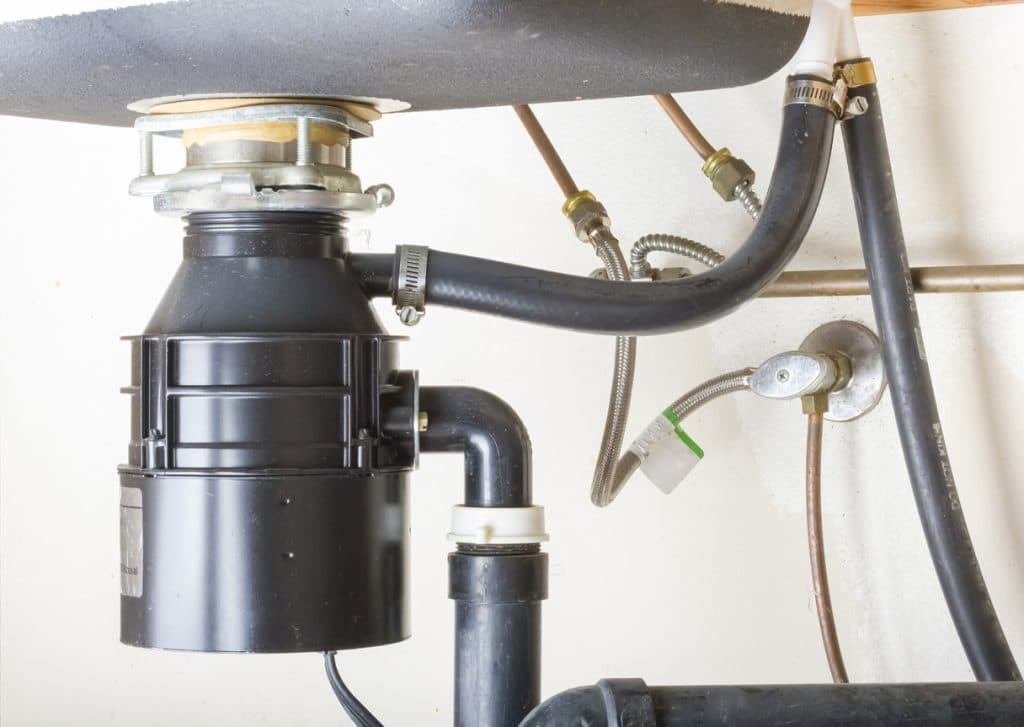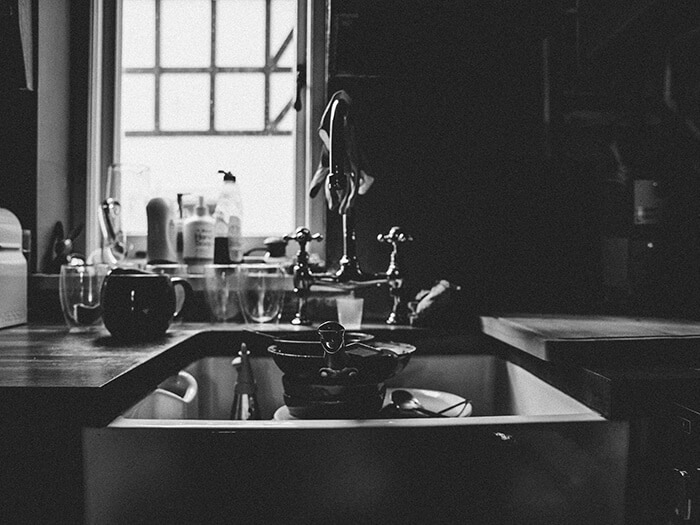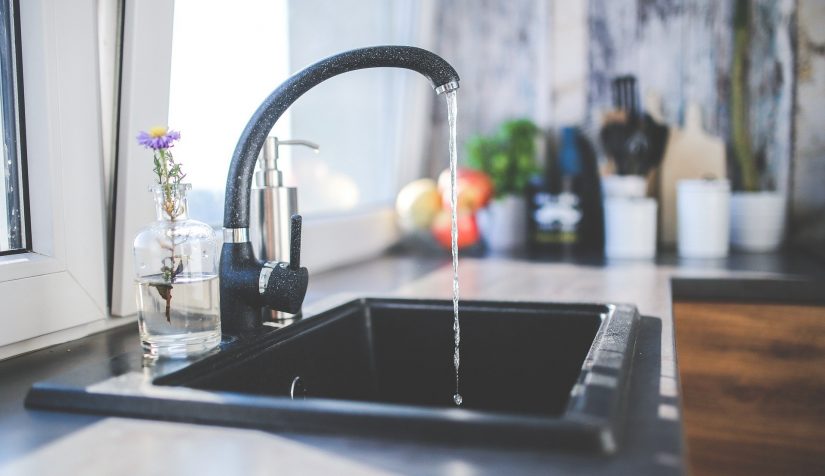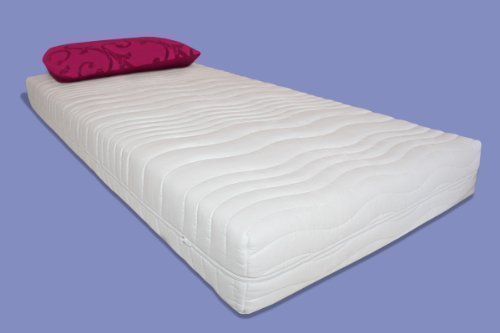If you've noticed that your kitchen sink is taking longer to drain or water is pooling around the drain, you may have a water logging issue. This can be a frustrating problem to deal with, but fortunately, there are steps you can take to fix it. Let's explore some solutions for fixing a water logged kitchen sink.How to Fix a Kitchen Sink That is Water Logging
The first step in fixing a water logged kitchen sink is to determine if it is clogged. A clog can cause water to backup and create a water logging issue. To unclog your kitchen sink, start by using a plunger to try and push the clog through the drain. If that doesn't work, you can use a plumbing snake or a mixture of baking soda and vinegar to break up and clear the clog.How to Unclog a Kitchen Sink
There are a few common causes of water logging in kitchen sinks. One of the most common is a clog, as mentioned before. Other causes may include a blocked or damaged pipe, improper installation of the sink or plumbing, or a malfunctioning garbage disposal. It's important to identify the cause of the water logging in order to properly fix it.Common Causes of Kitchen Sink Water Logging
If you're experiencing water logging in your kitchen sink, there are some DIY solutions you can try before calling in a professional. As mentioned before, using a plunger, plumbing snake, or baking soda and vinegar mixture can help to clear a clog. You can also try using a drain cleaner specifically designed for kitchen sinks. Be sure to follow the instructions carefully and take safety precautions when using chemicals.DIY Solutions for Water Logged Kitchen Sinks
Prevention is always better than cure, so it's important to take steps to prevent water logging in your kitchen sink. Avoid pouring grease or oil down the drain, as they can solidify and cause clogs. Use a sink strainer to catch food scraps and other debris before they go down the drain. Regularly clean your sink and drain with a mixture of baking soda and vinegar to prevent buildup.How to Prevent Water Logging in Your Kitchen Sink
Aside from slow draining and pooling water, there are some other signs that your kitchen sink may be water logging. These include foul odors coming from the sink, gurgling noises when the water is draining, or water backing up into the sink from the dishwasher. If you notice any of these signs, it's important to address the issue as soon as possible to prevent further damage.Signs That Your Kitchen Sink is Water Logging
If your DIY efforts are unsuccessful or you're not comfortable trying to fix the issue yourself, it's best to call in a professional plumber. They have the expertise and tools necessary to properly diagnose and fix the issue. They can also provide guidance on how to prevent water logging in the future.Professional Plumbing Services for Water Logged Kitchen Sinks
If you've determined that a clog is causing your kitchen sink to water log, there are a few methods you can try to clear it. In addition to using a plunger or plumbing snake, you can also try using a mixture of baking soda and vinegar. Simply pour a half cup of baking soda down the drain, followed by a half cup of vinegar. Let it sit for about 10 minutes, then pour hot water down the drain to flush it out.How to Clear a Clogged Kitchen Sink Drain
Baking soda and vinegar can also be used as a preventative measure to keep your kitchen sink from water logging. As mentioned before, regularly pouring this mixture down your drain can help to break down buildup and prevent clogs. It's an eco-friendly and budget-friendly solution for maintaining a clear and functional kitchen sink.Using Baking Soda and Vinegar to Fix a Water Logged Kitchen Sink
In addition to using baking soda and vinegar, there are some other tips you can use to maintain a clear and functional kitchen sink. Avoid putting fibrous or starchy foods down the drain, as they can easily cause a clog. Use a plunger regularly to keep your drains clear. And if you notice any issues with your sink or plumbing, address them promptly before they become bigger and more expensive problems.Tips for Maintaining a Clear and Functional Kitchen Sink
Preventing Kitchen Sink Water Logging in Your Home
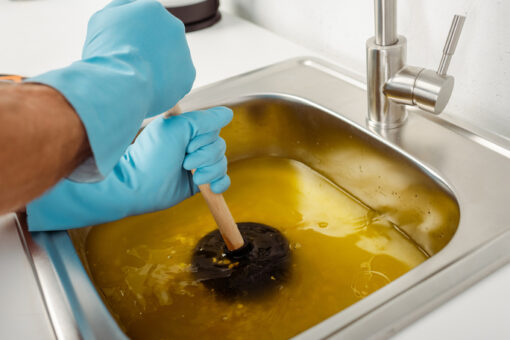
Understanding the Problem
 When it comes to designing our dream homes, the kitchen is often the heart of the house. It's where we gather with loved ones, prepare delicious meals, and start our days with a cup of coffee. However, with all the hustle and bustle of daily life, it's easy to overlook potential problems in this busy space. One common issue that many homeowners face is kitchen sink water logging. This occurs when the sink does not drain properly, causing water to accumulate and create a messy and potentially damaging situation. Not only can it lead to unpleasant odors and unsanitary conditions, but it can also cause damage to your kitchen cabinets, floors, and even the structure of your home.
When it comes to designing our dream homes, the kitchen is often the heart of the house. It's where we gather with loved ones, prepare delicious meals, and start our days with a cup of coffee. However, with all the hustle and bustle of daily life, it's easy to overlook potential problems in this busy space. One common issue that many homeowners face is kitchen sink water logging. This occurs when the sink does not drain properly, causing water to accumulate and create a messy and potentially damaging situation. Not only can it lead to unpleasant odors and unsanitary conditions, but it can also cause damage to your kitchen cabinets, floors, and even the structure of your home.
The Causes of Kitchen Sink Water Logging
 There are several reasons why your kitchen sink may be experiencing water logging. The most common cause is a clogged drain, which can happen due to a buildup of food particles, grease, and other debris. Another culprit could be a damaged or improperly installed drainpipe, which can lead to leaks and blockages. Additionally, older homes may have outdated plumbing systems that are not equipped to handle the amount of water and waste that modern kitchens produce. Whatever the cause may be, it's important to address the issue promptly to prevent further damage and inconvenience.
There are several reasons why your kitchen sink may be experiencing water logging. The most common cause is a clogged drain, which can happen due to a buildup of food particles, grease, and other debris. Another culprit could be a damaged or improperly installed drainpipe, which can lead to leaks and blockages. Additionally, older homes may have outdated plumbing systems that are not equipped to handle the amount of water and waste that modern kitchens produce. Whatever the cause may be, it's important to address the issue promptly to prevent further damage and inconvenience.
Preventative Measures
 Fortunately, there are steps you can take to prevent kitchen sink water logging in your home. Regularly cleaning and maintaining your sink and drain can help prevent clogs and blockages. Avoid putting large food scraps and grease down the drain, as this can lead to buildup and potential blockages. If you have an older home, consider updating your plumbing system to handle the demands of a modern kitchen. It's also a good idea to have a professional plumber inspect your sink and plumbing periodically to catch any potential issues before they become major problems.
Pro Tip:
Investing in a high-quality garbage disposal can also help prevent clogs and reduce the chances of kitchen sink water logging.
Fortunately, there are steps you can take to prevent kitchen sink water logging in your home. Regularly cleaning and maintaining your sink and drain can help prevent clogs and blockages. Avoid putting large food scraps and grease down the drain, as this can lead to buildup and potential blockages. If you have an older home, consider updating your plumbing system to handle the demands of a modern kitchen. It's also a good idea to have a professional plumber inspect your sink and plumbing periodically to catch any potential issues before they become major problems.
Pro Tip:
Investing in a high-quality garbage disposal can also help prevent clogs and reduce the chances of kitchen sink water logging.
Final Thoughts
 In conclusion, kitchen sink water logging is a common and potentially damaging problem that can occur in any home. By understanding the causes and taking preventative measures, you can avoid this issue and keep your kitchen running smoothly. If you are experiencing water logging in your kitchen sink, don't hesitate to seek professional help. A qualified plumber can diagnose the issue and provide solutions to prevent it from happening in the future. Remember, a little prevention can go a long way in maintaining the functionality and beauty of your dream kitchen.
In conclusion, kitchen sink water logging is a common and potentially damaging problem that can occur in any home. By understanding the causes and taking preventative measures, you can avoid this issue and keep your kitchen running smoothly. If you are experiencing water logging in your kitchen sink, don't hesitate to seek professional help. A qualified plumber can diagnose the issue and provide solutions to prevent it from happening in the future. Remember, a little prevention can go a long way in maintaining the functionality and beauty of your dream kitchen.
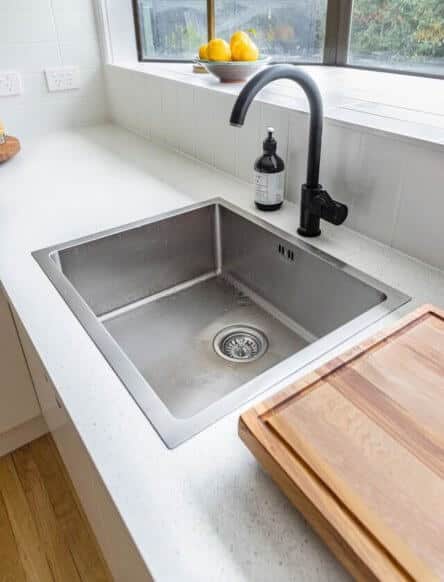
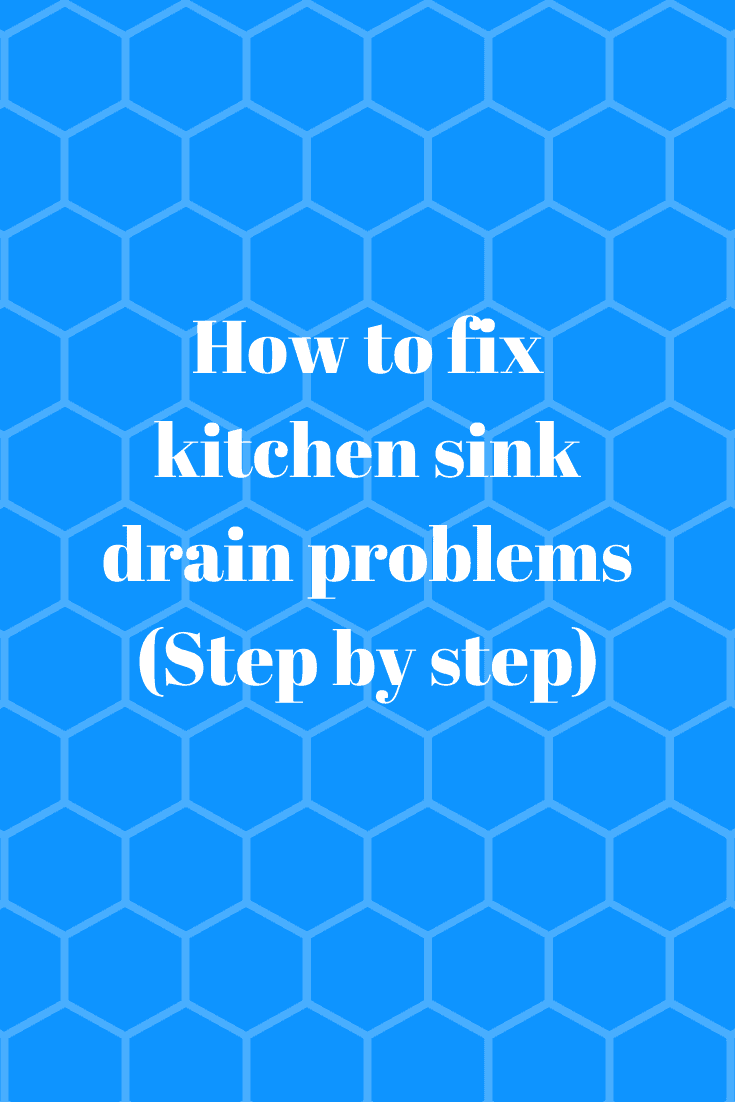









/plumber-unclogging-kitchen-sink-169270382-5797a9355f9b58461f27f024.jpg)


/how-to-unclog-a-kitchen-sink-2718799_sketch_FINAL-8c5caa805a69493ab22dfb537c72a1b7.png)







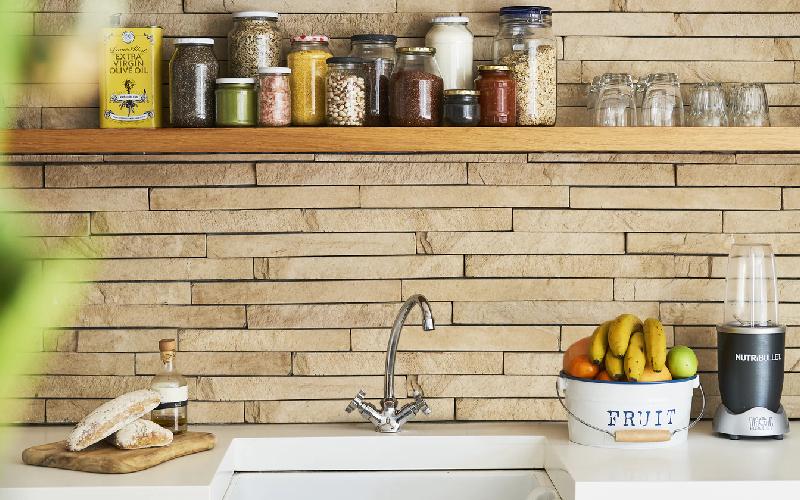

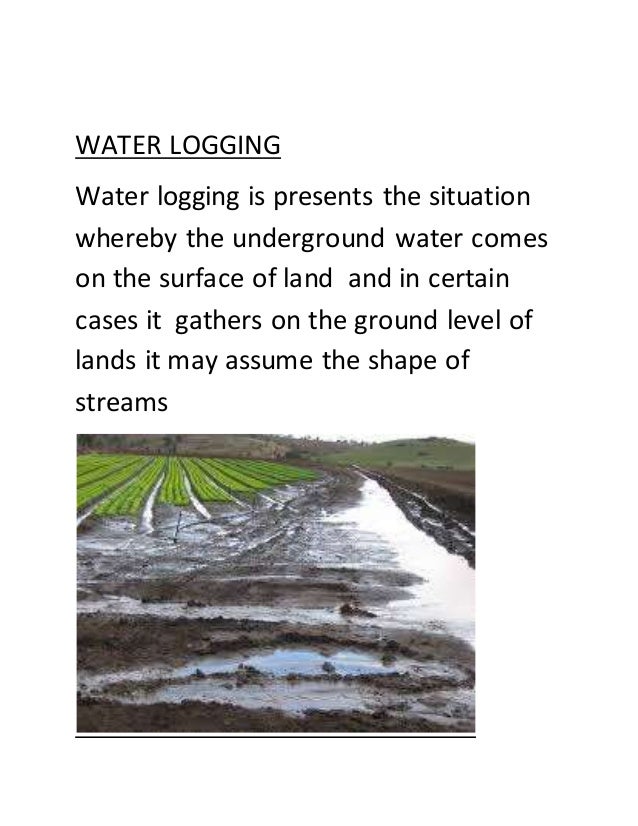



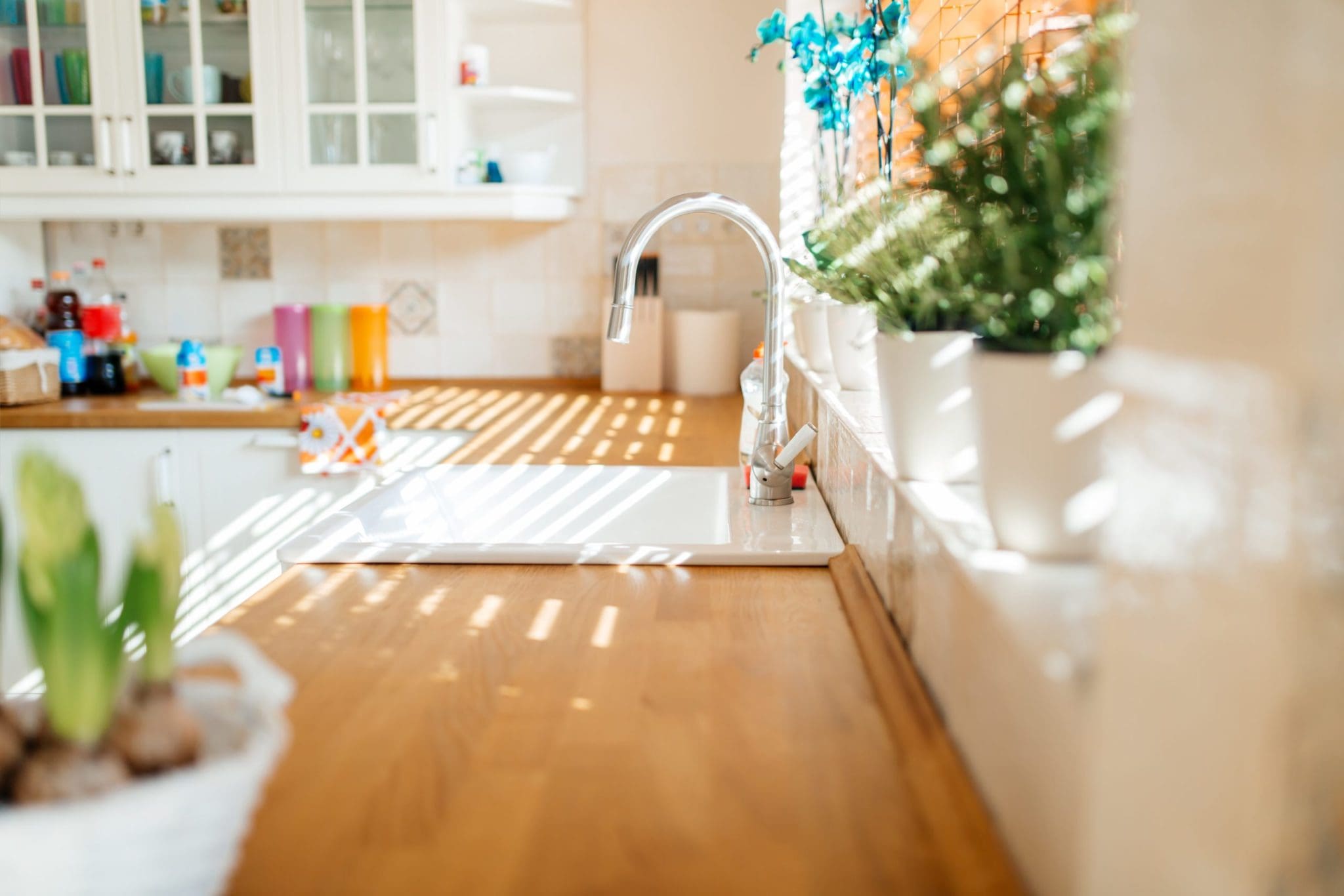







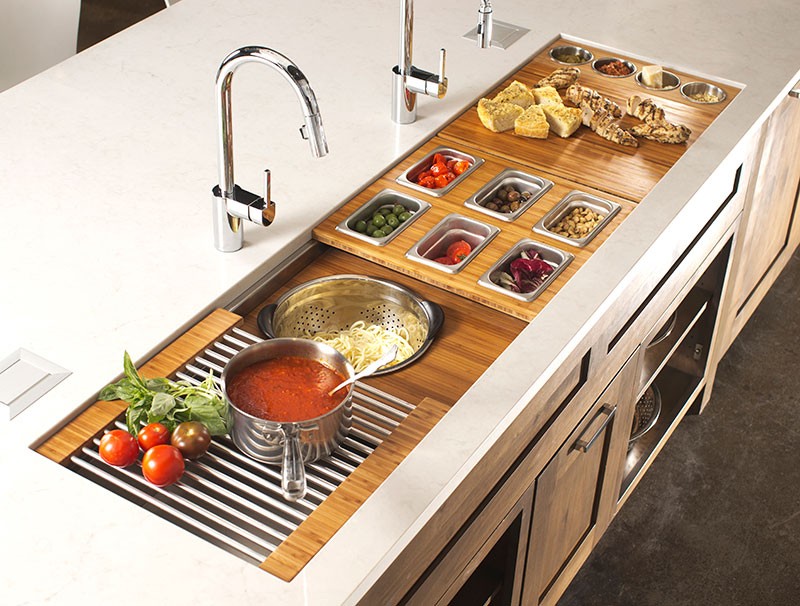

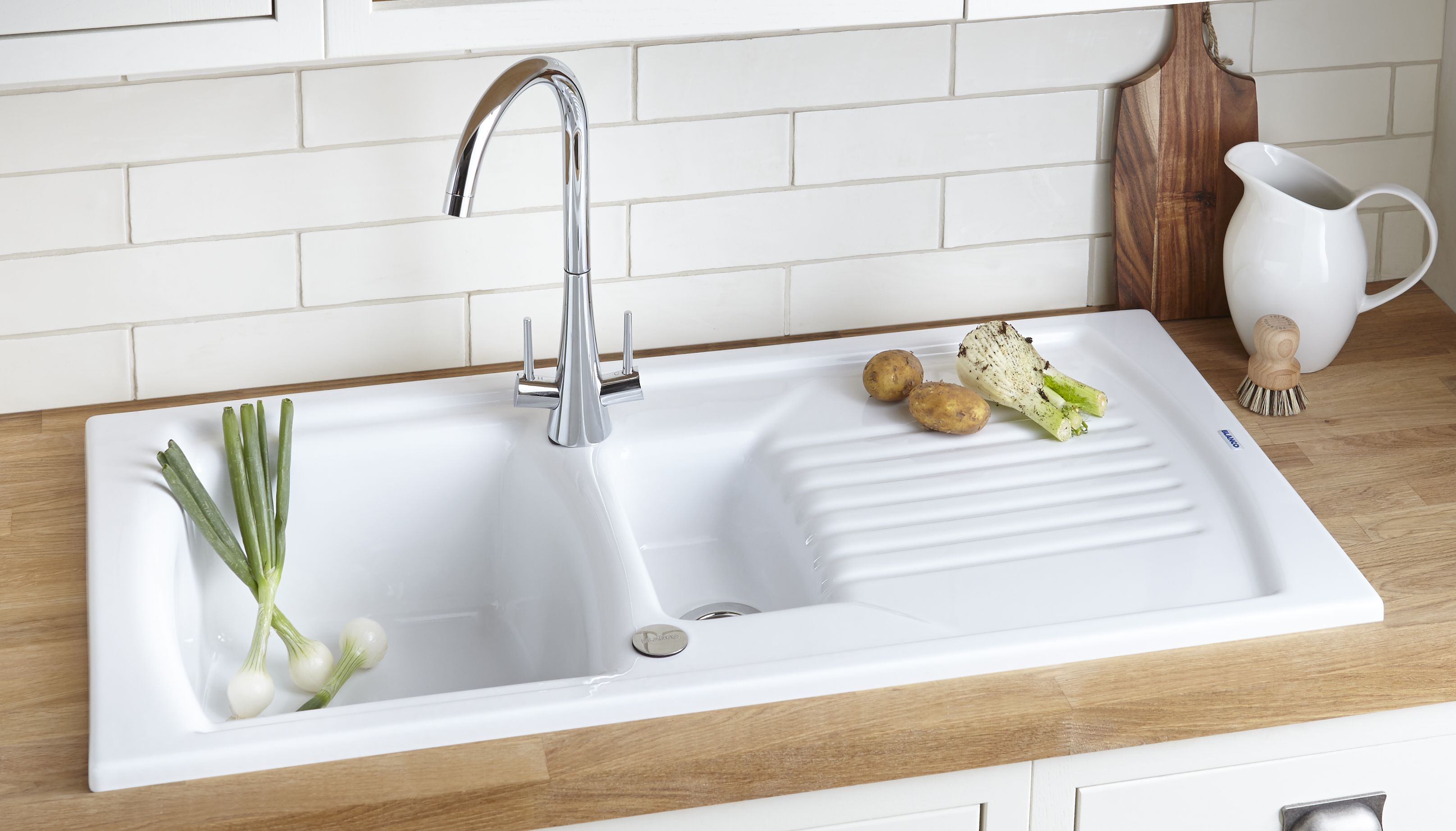


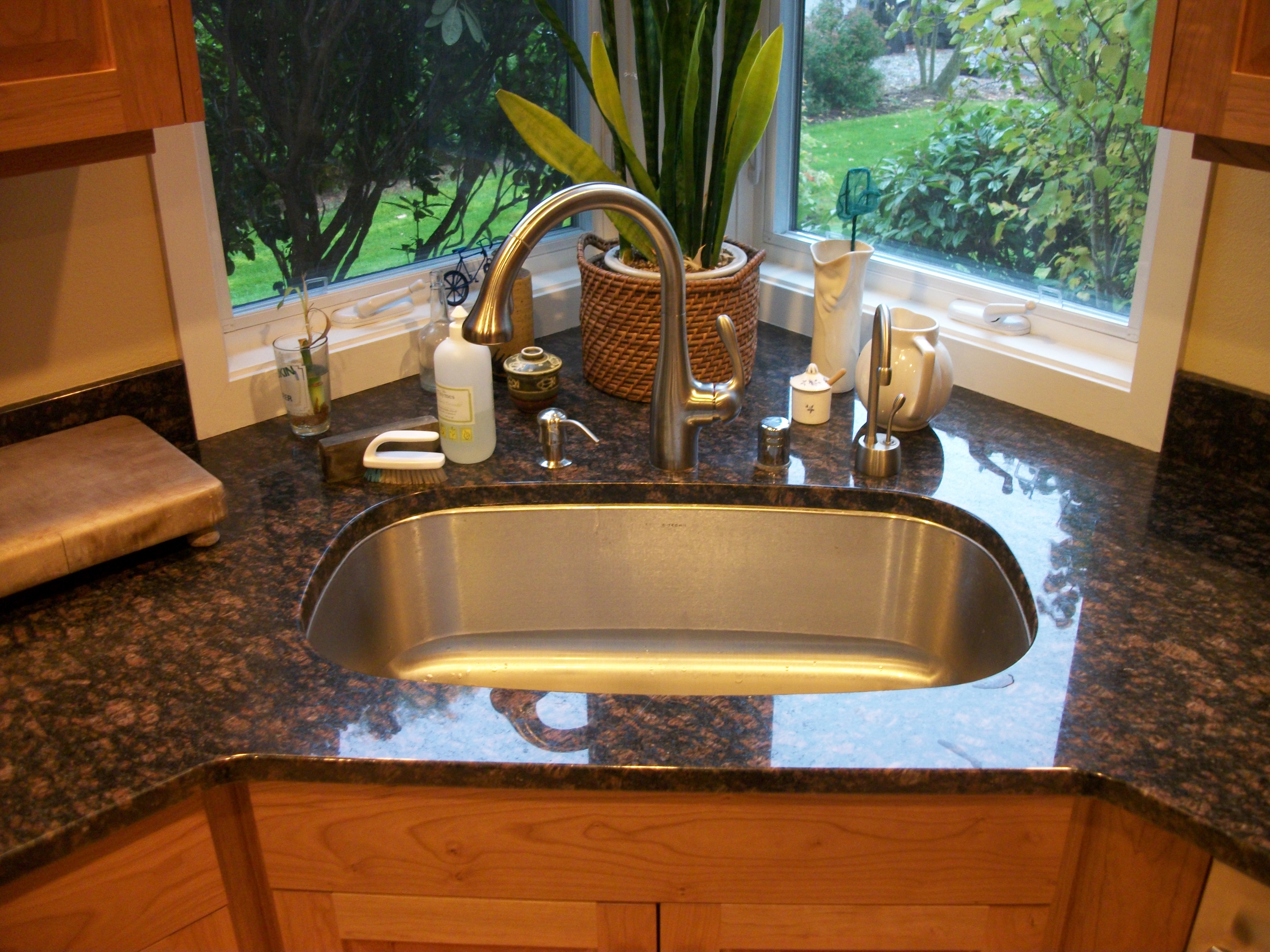








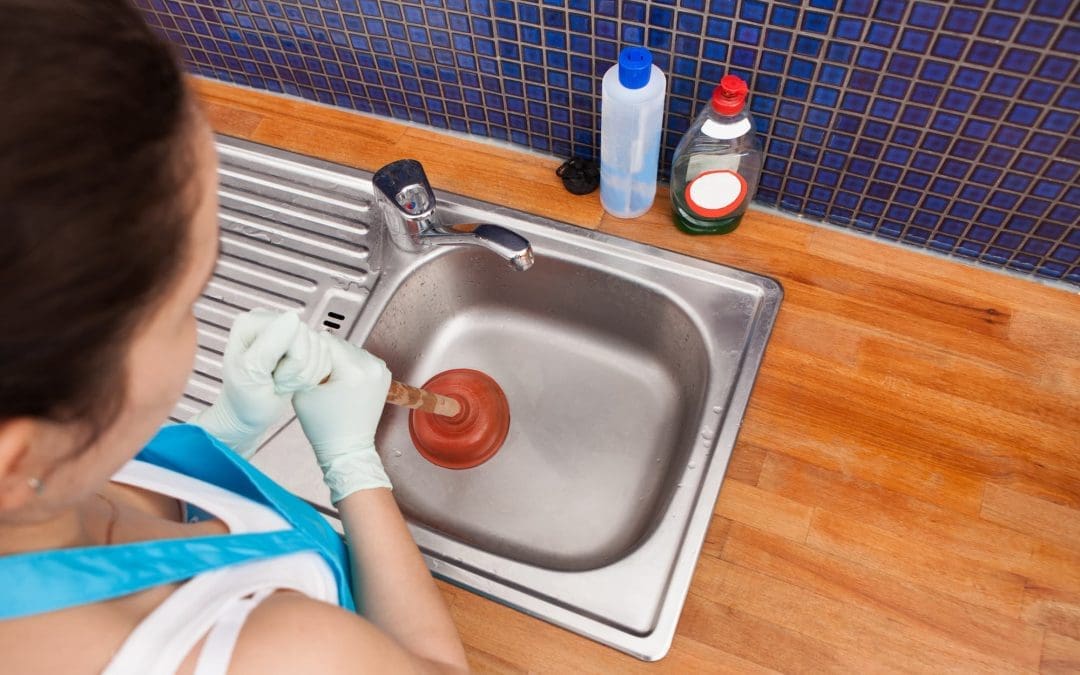











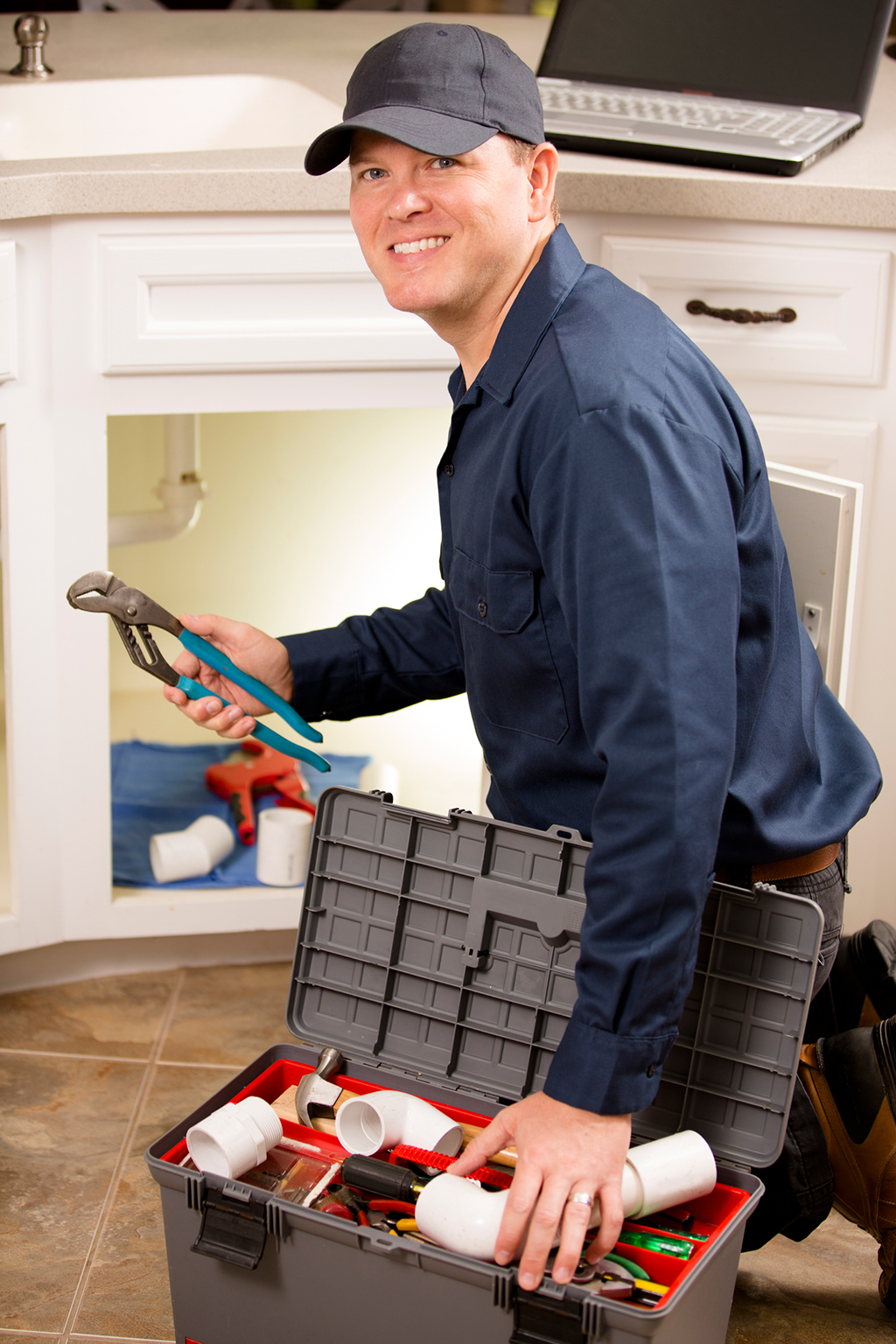
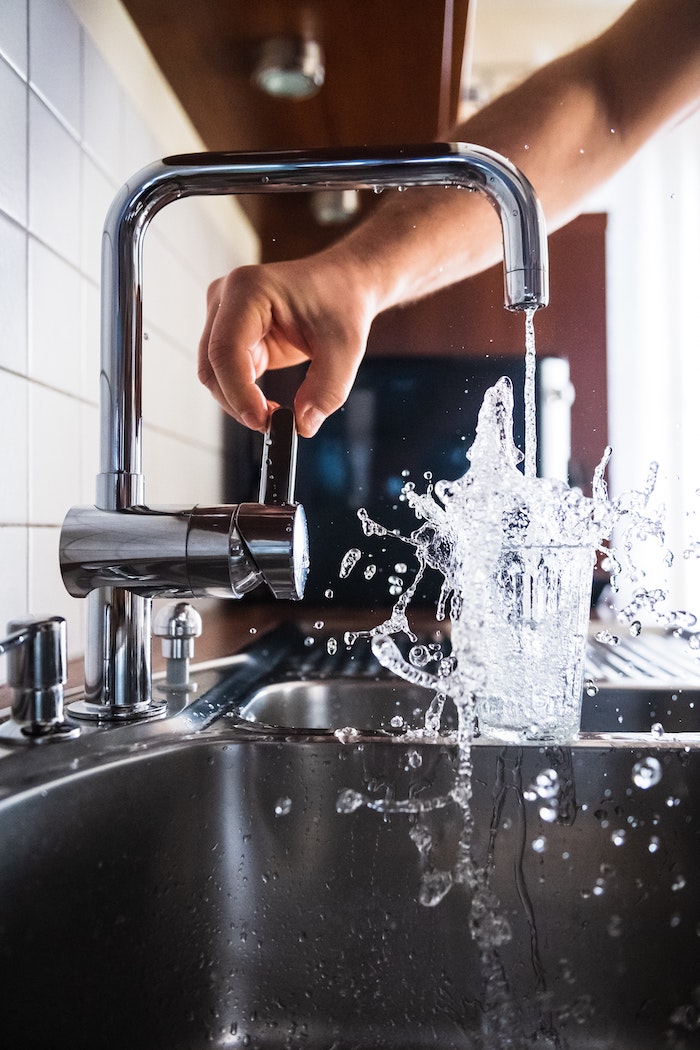


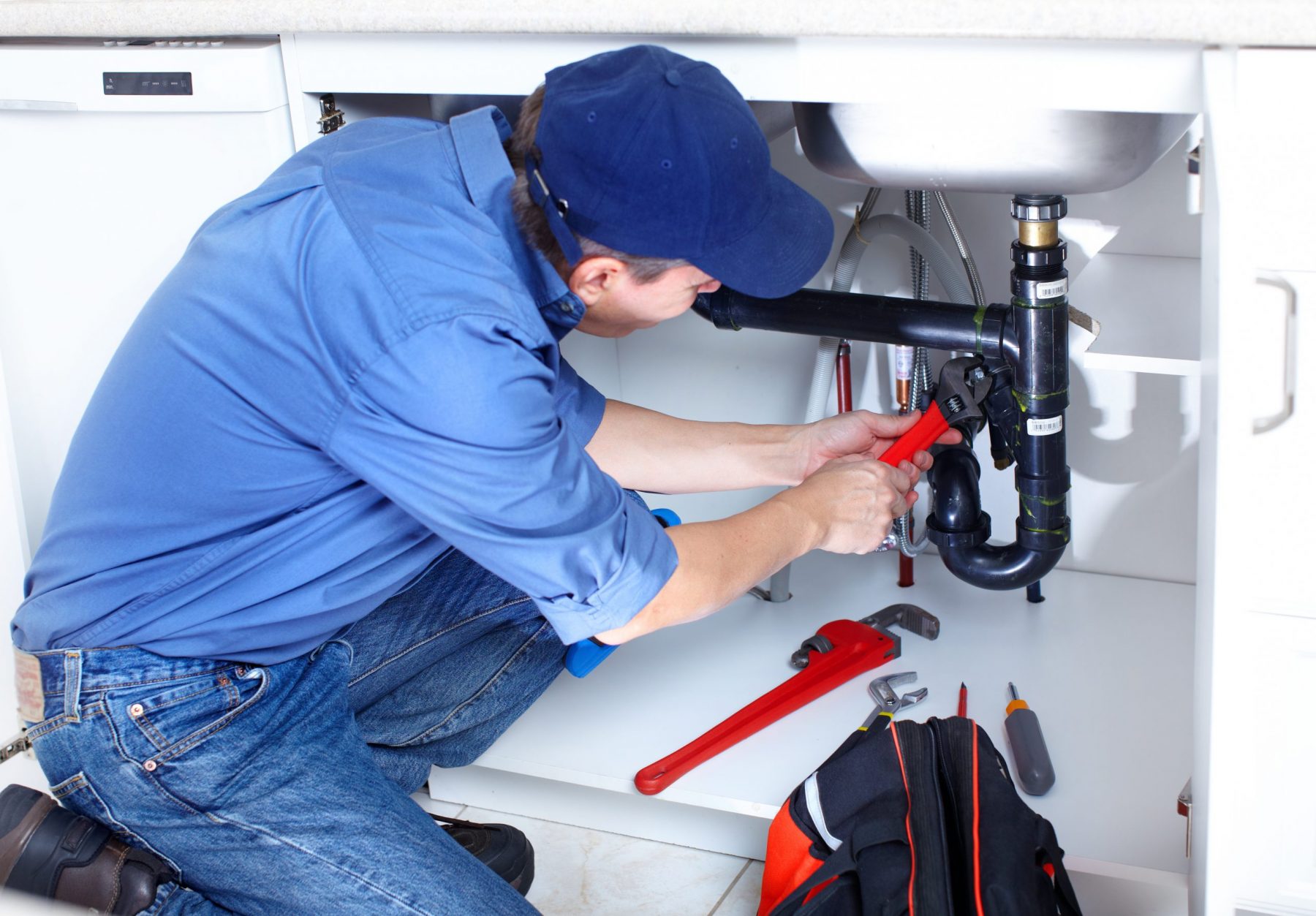


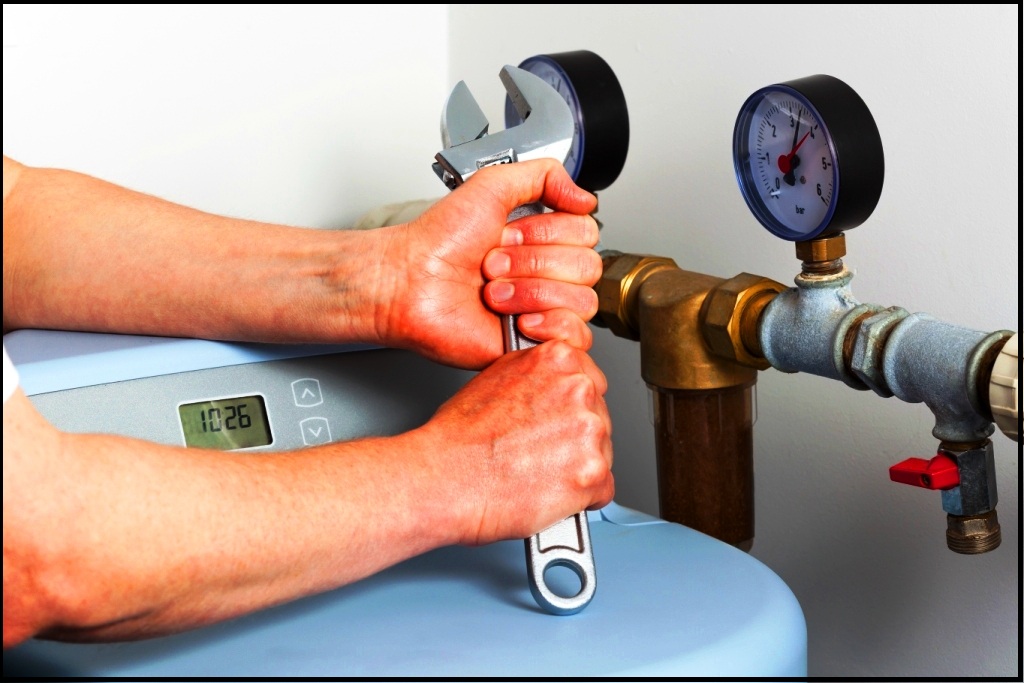






:max_bytes(150000):strip_icc()/freshen-and-unclog-drain-with-baking-soda-1900466-22-bbf940b70afa4d5abef0c54da23b1d3f.jpg)







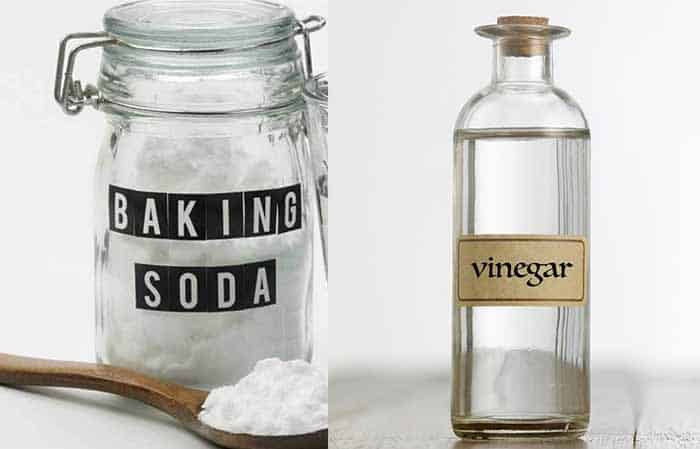
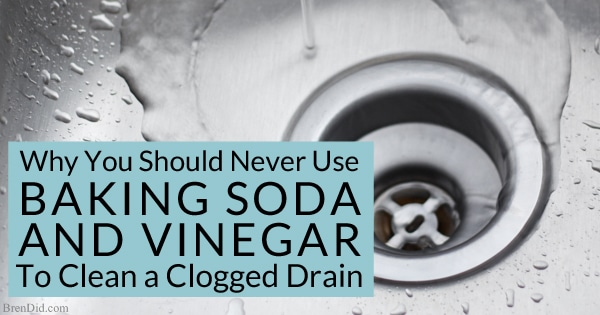
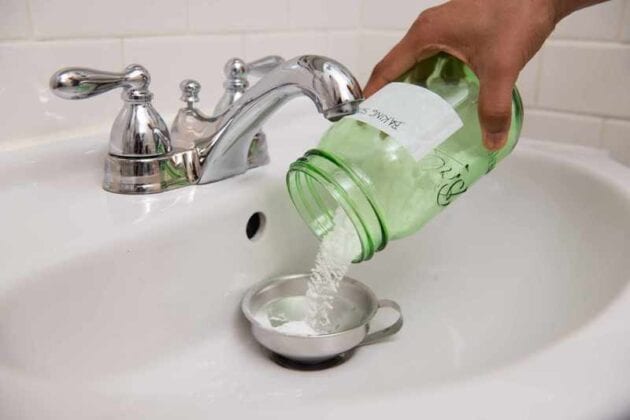
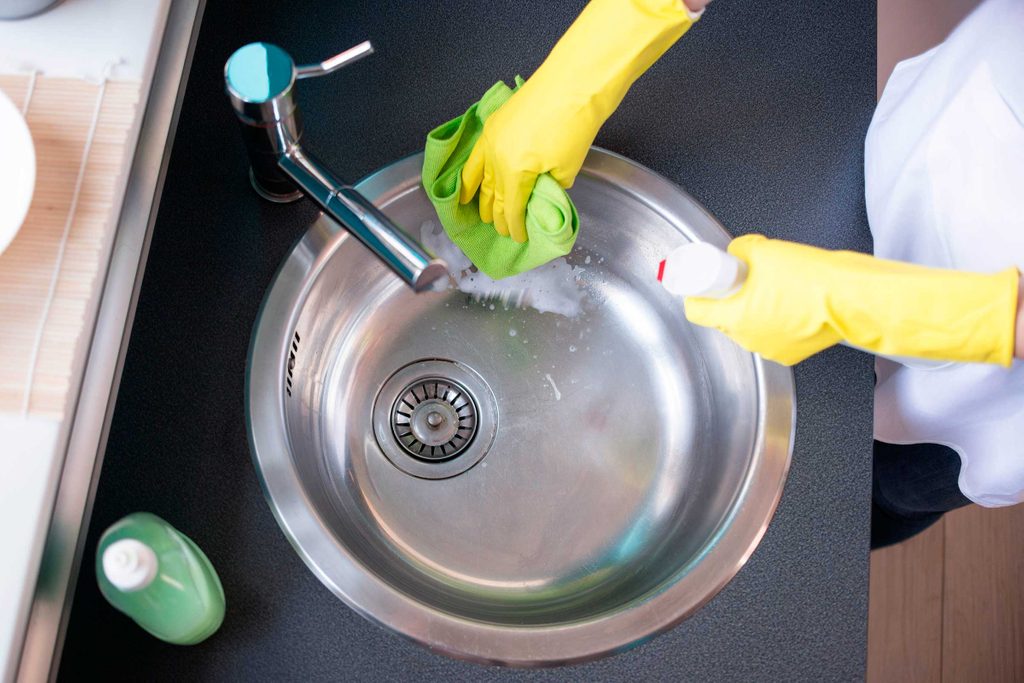
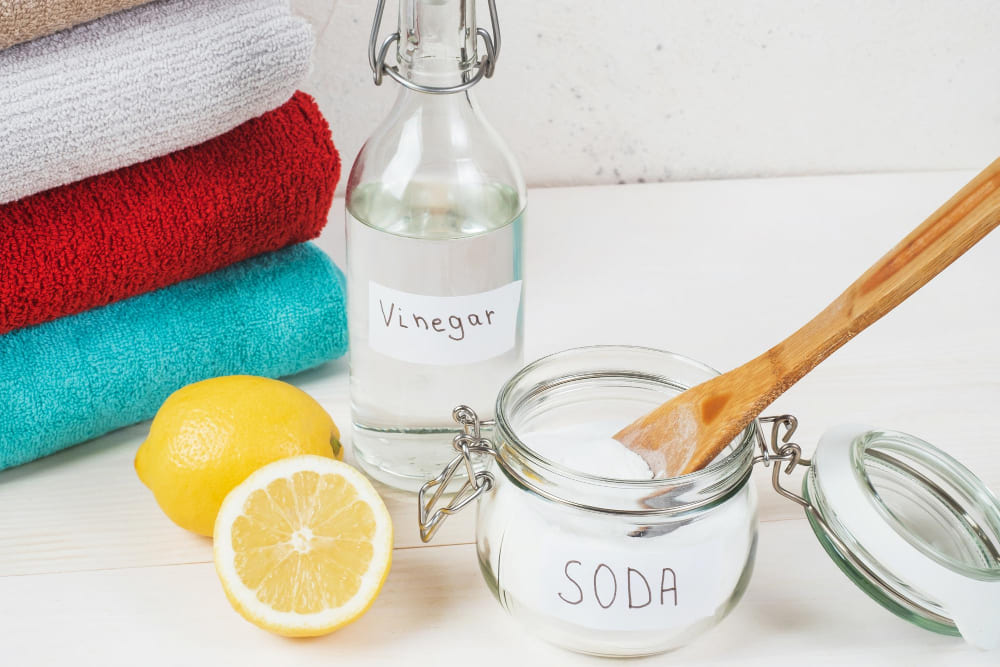
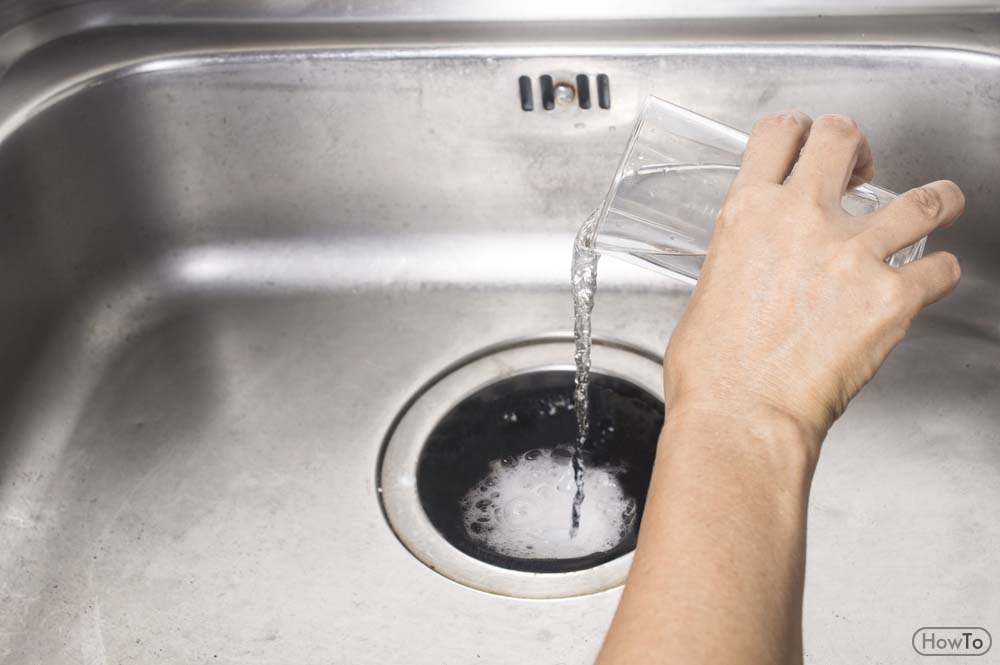
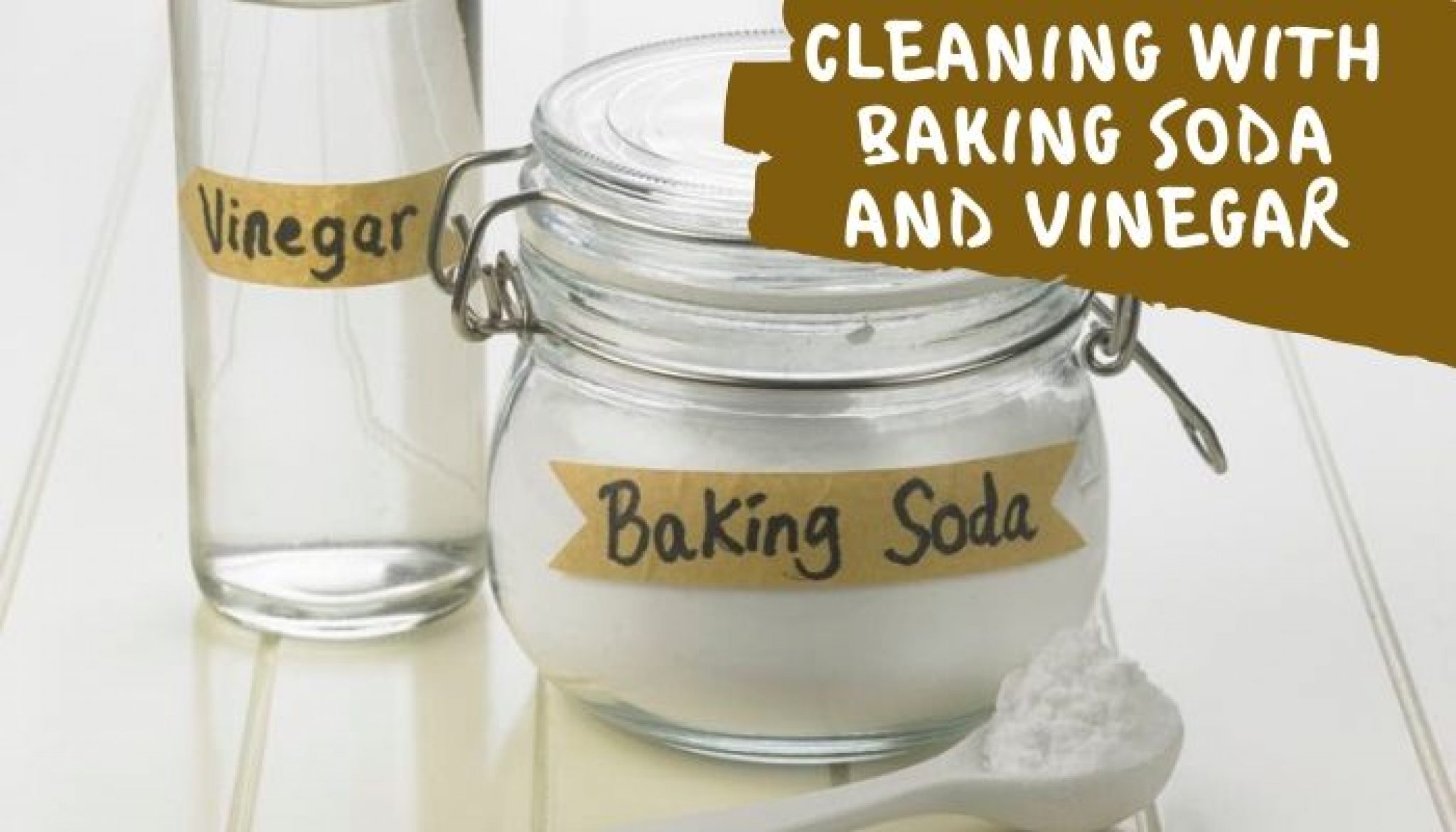

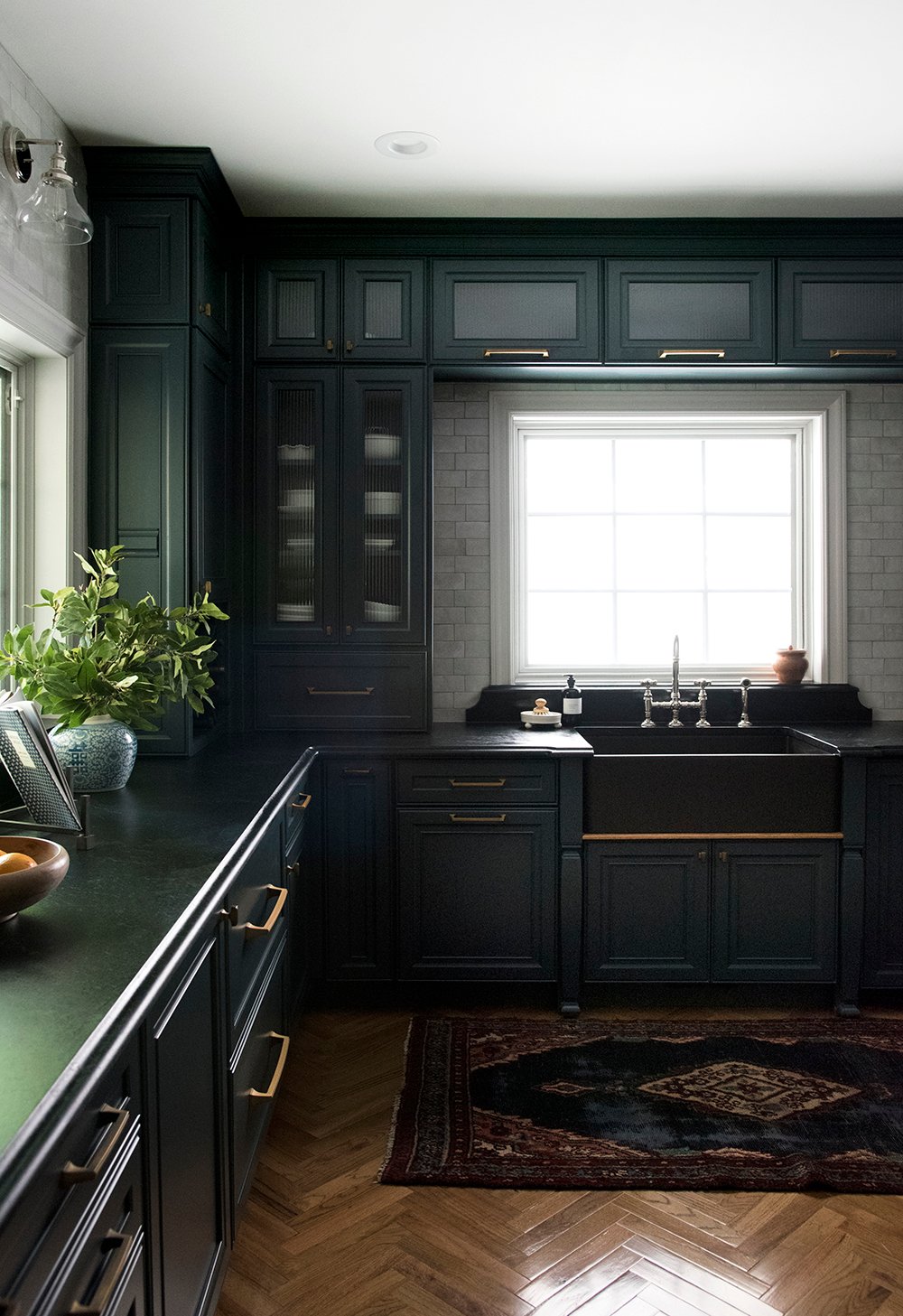
.JPG)


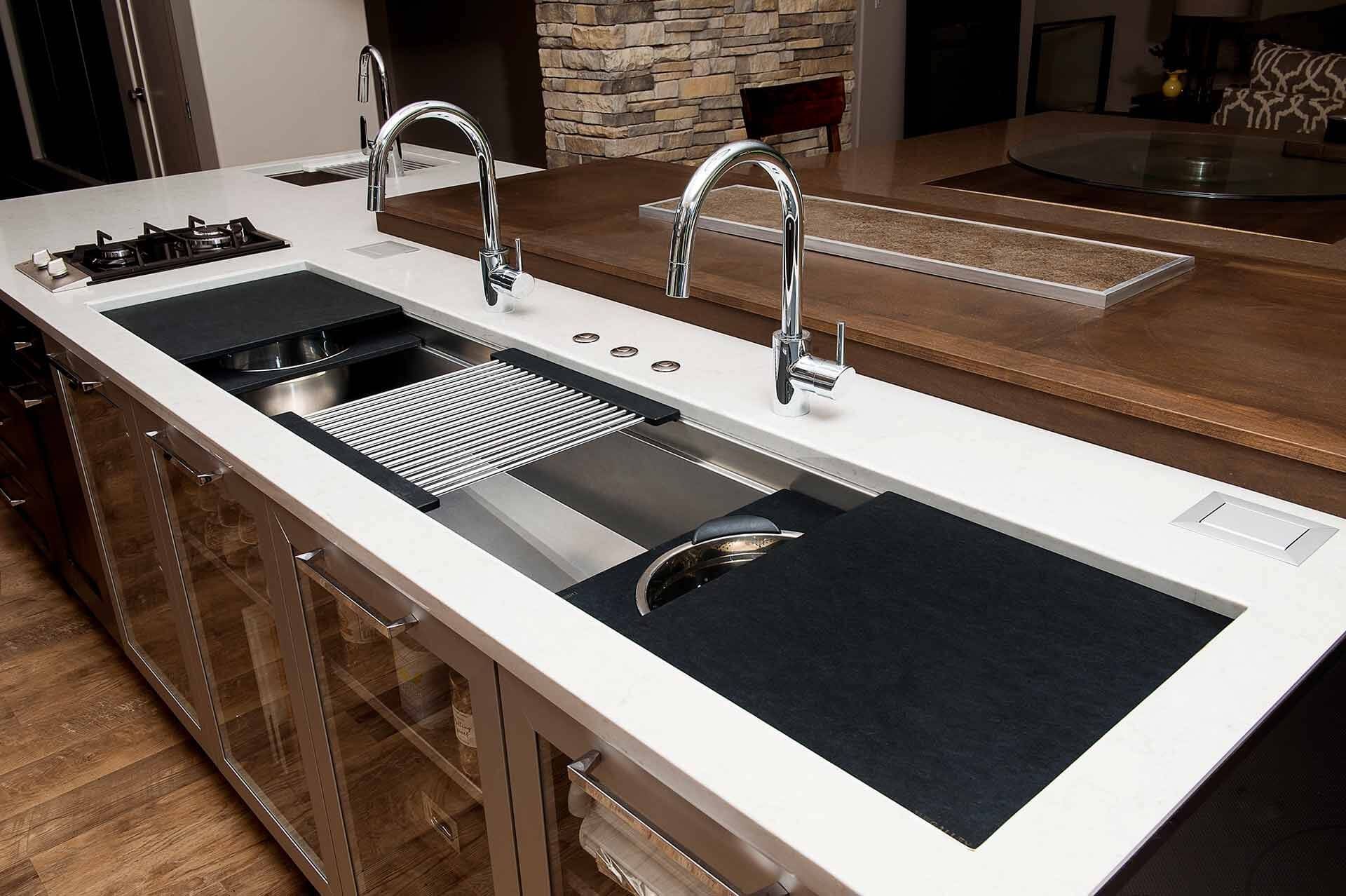
:max_bytes(150000):strip_icc()/181218_YaleAve_0175-29c27a777dbc4c9abe03bd8fb14cc114.jpg)


